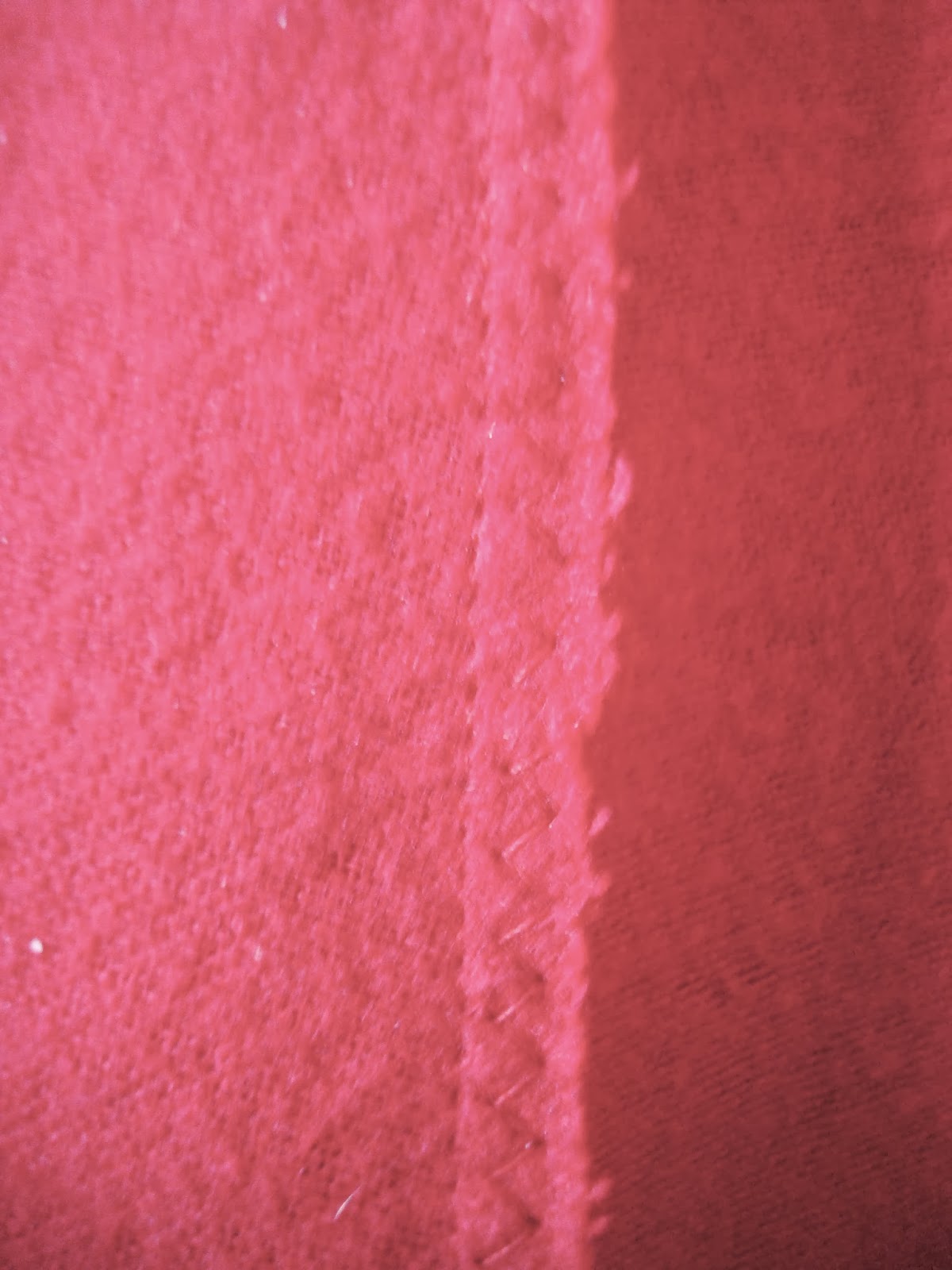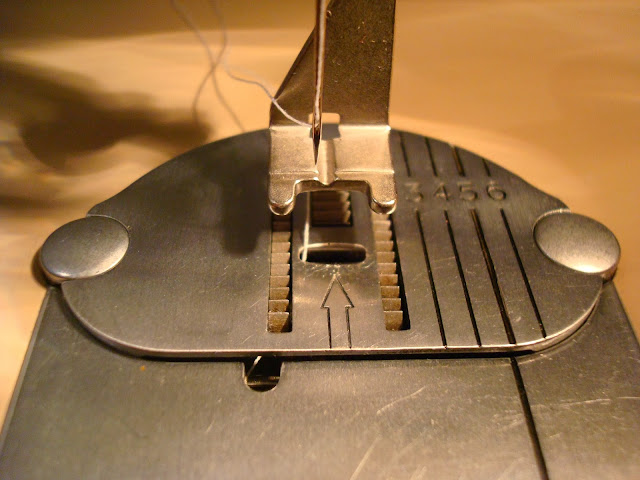The pattern for this apron came from the Liberty Book of Home Sewing. My version, pictured below, was one of the first things I made on the Singer 401G - months before I wrote my first blog entry. It's modelled beautifully by my gorgeous and glamorous sister. The apron was a birthday present for her.
I really enjoyed putting this project together. It was one of the first things I shopped for specific fabric for. It's made of Liberty Tana Lawn in the Carline and Glenjade patterns. It really is lovely stuff to work with as I am sure many of you will know. The pattern requires only two pieces which I drew on squared paper following the instructions from the book. The waistband, ties and frill are all straight cut across the width of the fabric using a rotary cutter.
The apron was fun to make and allowed me to develop a couple of new to me, at the time, skills
I really enjoyed putting this project together. It was one of the first things I shopped for specific fabric for. It's made of Liberty Tana Lawn in the Carline and Glenjade patterns. It really is lovely stuff to work with as I am sure many of you will know. The pattern requires only two pieces which I drew on squared paper following the instructions from the book. The waistband, ties and frill are all straight cut across the width of the fabric using a rotary cutter.
The apron was fun to make and allowed me to develop a couple of new to me, at the time, skills
- Patch pockets
- Gathering
- Bagging a lining
I followed the book instructions for gathering the ruffle which involved hand sewing a running stitch the length of it. This must have added quite a bit of time to the making. I didn't know at the time that I could just have easily sewn a long machine stitch with a loose top tension in much less time and achieved the same effect. Thank goodness I have read some more books since then. The next step was marking both the apron and the ruffle with pins at different spacings and gathering the latter down to the same spacing as the former. The result was pricking even gathers!
The one other thing I would have done differently in hind sight was to make sure I matched the bobbin thread to the apron lining when I attached the patch pocket. I never thought - experience (or lack there of) once again.















































